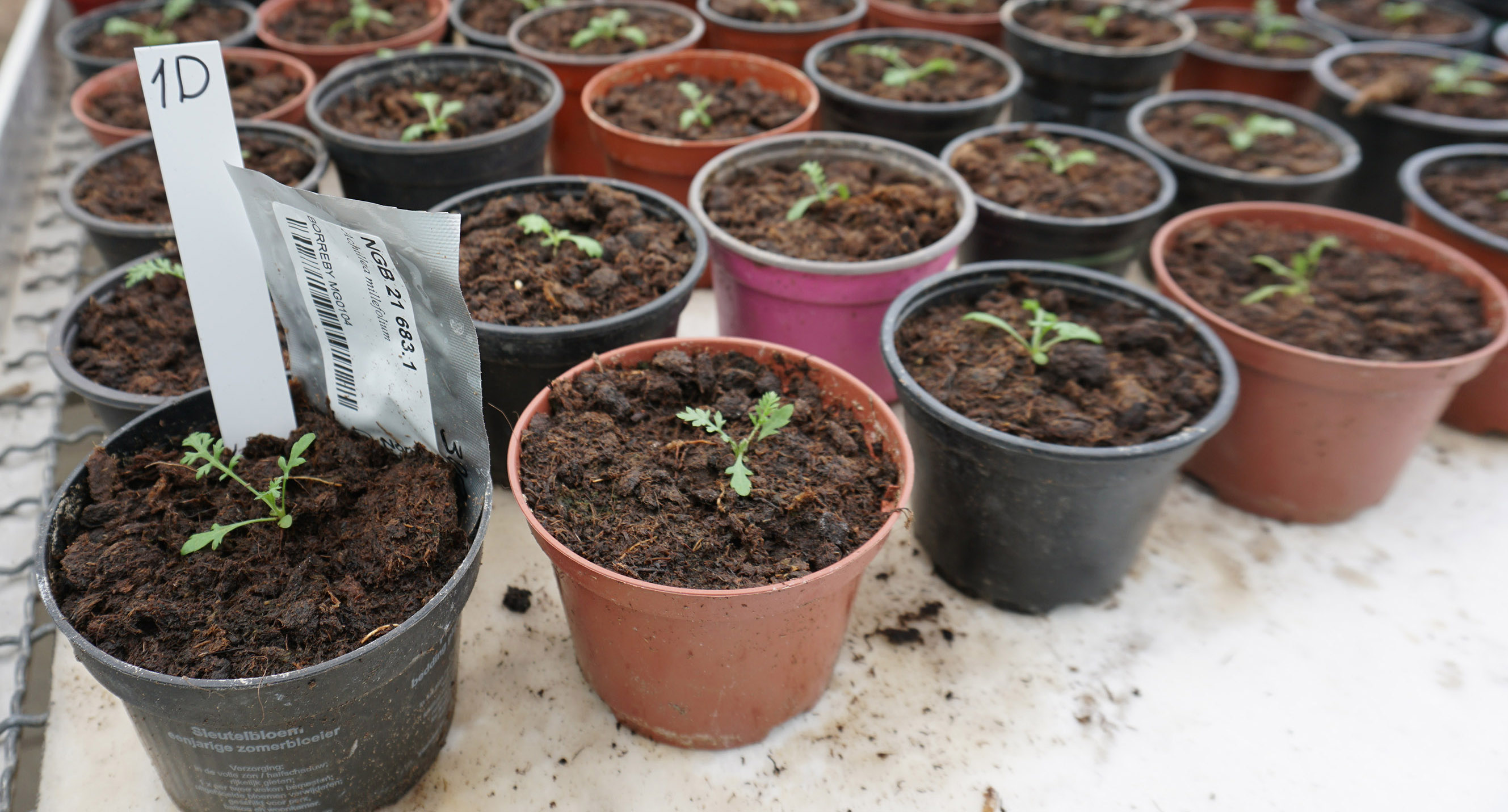
Achillea millefolium (yarrow)
Yarrow is native to the Northern Hemisphere in Europe, Asia and North America, but is spread in other parts of the world as well. It grows up to 50–100 cm. Yarrow is a perennial widely used in herbal medicine; one of the most used and oldest medical plants in the world. It is used in the treatment of a wide range of disorders, both internally and externally. Yarrow is especially valuable for healing wounds, stopping blood flow, treating colds and fevers etc. It is also used for curing hemorrhoids, toothache and complications in the respiratory system. Yarrow flowers in white from June to August. The species has both male and female organs pollinated by insects. It is best harvested when in flower, and the whole plant is used, both fresh and dried. The flavour is rather bitter but young leaves can be used in mixed salads and aromatic tea can be made from both flowers and leaves.
Cultivation
Cultivate in April to May in a broadcast tray under light conditions, approximately 20-23 °C. Sow the seeds in tray substrate and cover the seeds minimally, 0.5 cm, with substrate. When plants are large enough to handle transplant into small individual pots in pot substrate. The pots can be placed in an unheated greenhouse, or outside when the risk of frost is over. When fully rooted in the pots, plant outside in field. Position: semi-shade to sunny.
Family: Asteraceae
Swedish: röllika
Finnish: siankärsämö
Norwegian: vanlig ryllik
Danish: almindelig røllike
Icelandic: vallhumall

Sow the seeds in tray substrate and cover the seeds minimally, 0.5 cm, with substrate.
Yarrow can produce flowers the first year of cultivation whereas seeds are usually not produced until second year. Flowering time is from June to September and harvest time is August/September. Always harvest in dry conditions and when the inflorescence and the stem underneath are brownish and dry. Use scissors and cut just below the inflorescence.
